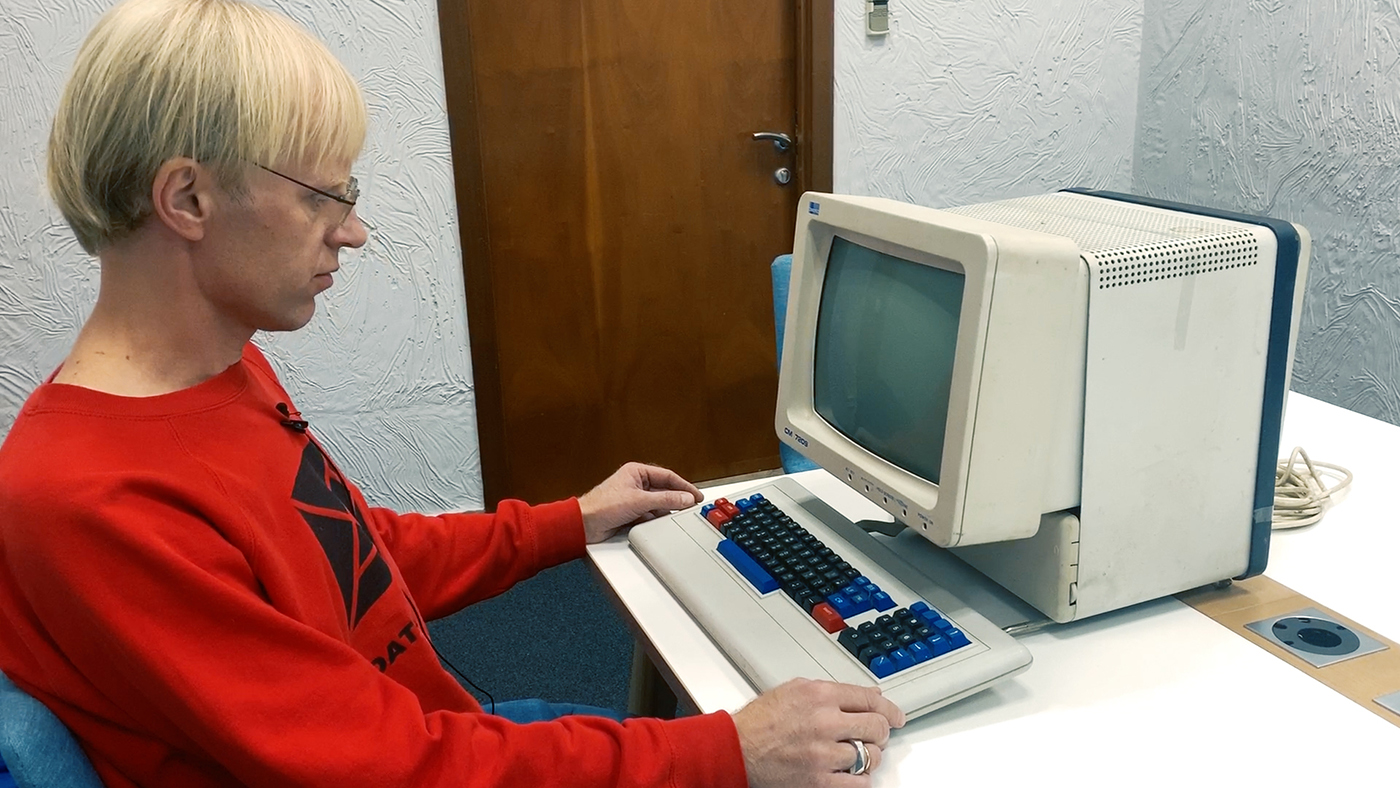
Through the efforts of the ideologist and chief technical expert of our museum, Gleb Nitsman , the collection is again replenished. This time - a rare device from Eastern Europe. We recorded his inspection on video, and also remembered how the countries of the socialist camp together built mini-computers.
The cooperation of the socialist countries in the field of science and technology was officially formalized as early as 1949 with the organization of the Council for Mutual Economic Assistance. 20 years later, the CMEA countries signed an agreement on joint work on the creation of computers - as a result, the Unified Computer Series appeared. In parallel, the idea of yet another series came up - smaller and, possibly, less powerful machines that could be used to automate production. After another 5 years, in 1974, the Intergovernmental Commission on Computer Engineering announced the launch of a series of mini-computers called SM computers (family of small computers). Moscow INEUM became the main scientific center of the new direction, and the DEC PDP-11 architecture was adopted as a guideline.

The cover of the first issue of the collection of articles “Computer Engineering of the Socialist Countries”. 1977 year. Photo Source
Collections of articles on the computing technology of socialist countries were published until the early 1990s. Here is what they wrote in the first issue of such a collection about SM computers:
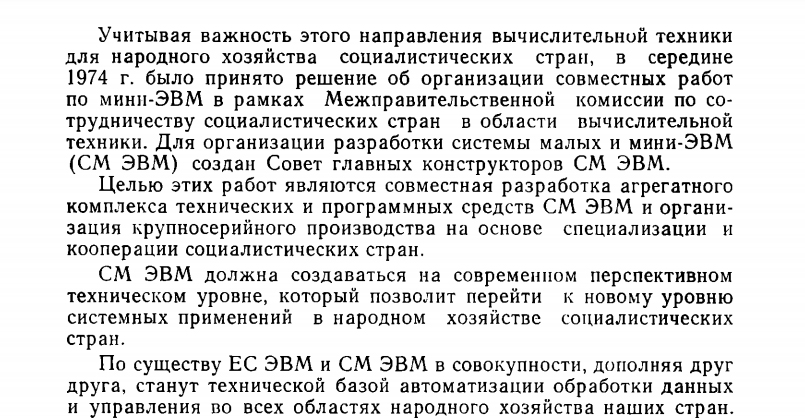
B.N. Naumov. "The creation of SM computers is a new stage in the development of computer technology." // Computing technique of the socialist countries. Digest of articles. Moscow. Statistics. 1977, p. 86
Unfortunately, many documents on the scientific and technical cooperation of CMEA members are still available only in specialized libraries. But the CIA digitized archive can help us, which closely watched the Soviet achievements in the field of computer technology. Management received reports on the stages of development of the SM computer, the technical characteristics of the series, its individual components and possible applications.

In the CIA, the data was processed, collected in one document and even carried out their initial analysis
Initially, minicomputers were built not only on the DEC architecture, even before the SM series there were options based on the Hewlett-Packard 2xxx - ASVT-M instruction system (see on page 48 ). Subsequently, machines based on Intel 80386 microprocessors and even Pentium appeared with the corresponding command system (see here ).
SM computers were organized in a modular way, that is, for a specific task, the right machine with the required number of peripheral equipment was determined (it was provided for partial pairing with devices of the EU series).
As input-output devices, ADCUs and video terminals manufactured in different countries represented in the Intergovernmental Commission on Computer Engineering were used. Information about this is available all in the same digitalized CIA archive, Soviet documents can only be found offline. Video terminals for SM computers were produced in Hungary, Czechoslovakia, Poland, the USSR and Cuba, and the American video terminal 822 Burroughs was also used.
Gleb Nitzman managed to find and buy the Polish video terminal Mera Elzab 7953 according to the factory nomenclature or Mera SM 7209 in the nomenclature of SM computers.
The Polish computer factory Mera Elzab was opened in the early 1970s in the city of Silesian Voivodeship Zabrze. It was created as an experimental production of the BŁONIE factory in Warsaw with the general task of producing punching machines for punched tapes, but already in 1973 it became an independent manufacturer of computer peripherals with the name Mera-Elzab.

Collector Sergey Frolov kindly provided us with scanned documentation for the video terminal
The beginning of production of the 7900 series terminals dates back to the mid-1970s; our copy was assembled in 1988.

The form factor of the terminal is not solved by an ordinary candy bar, as, for example, with the ADM-3A , but consists of a separate display and keyboard.
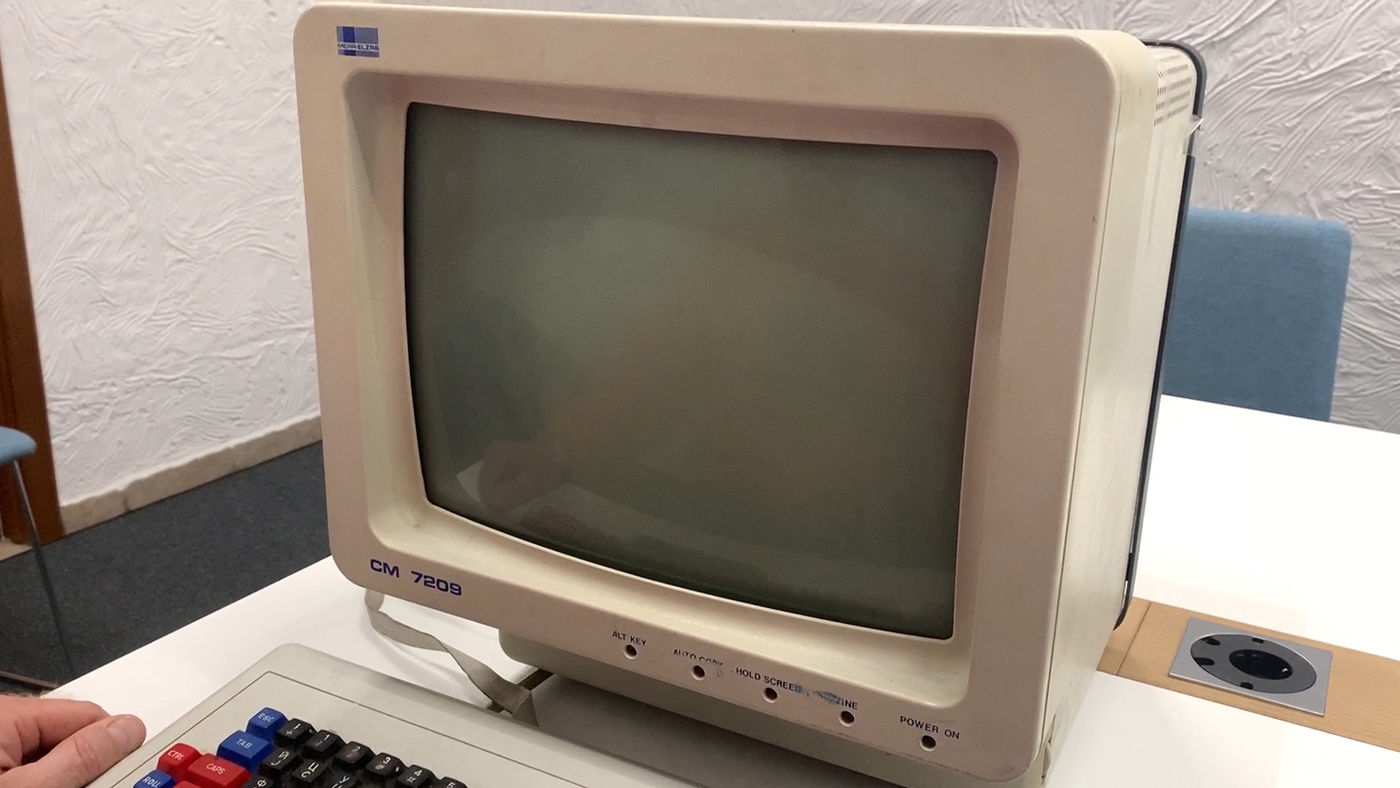
A distinctive feature of the Mera factory displays is that the angle of the screen is adjustable in the range of 170
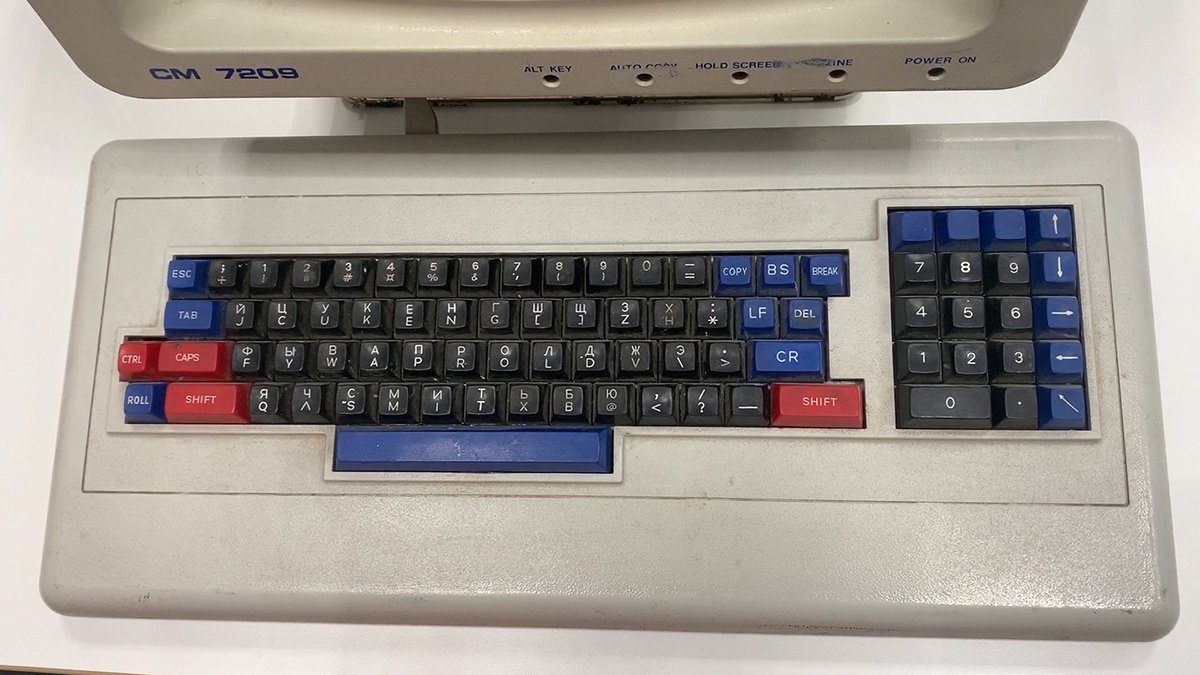
Judging by the data sheet of the device, the completeness of the Mera display and the Consul keyboard was allowed, the latter, in turn, was made at another factory and in another country - Czechoslovakia
The main application is the connection to later-generation SM computers: SM 4, SM 1300, SM 1420, Mera 60, or to the PDP-11 itself and other machines of the corresponding architecture. As noted by the compilers of the data sheet, Mera 7209 functionally corresponds to the VT-52 terminal, i.e., the native PDP-11 terminal. The last, produced by DEC, was a little expensive even for the American market.
The Mera screen is character, displays 1920 characters in 24 lines of 80 characters each. Screen memory is built on static memory elements of 1024x4 bits. The video terminal is controlled by a microprocessor, and two versions of the latter were used: Intel i8080 or its analogue 58080, or microprocessor Z80 or its German analogue U880.

Our Mera is built on the i8080, there are two ROMs on the board for microprocessor commands and display character generation

Conversation with Andrzej Wojciechowski, designer of the Mera-Elzab computer factory, who won the youth technical tournament in Katowice Voivodeship with the work “Reducing the memory load of EPROM 2716 for 7953 NCH / 7209 monitors”. Bajtek. No. 5-6, 1986. p. 3
The keyboard in our case turned out to be not of a Polish assembly, but released at the Zbrojovka Brno factory in Czechoslovakia with an index of 262.3 (the name Consul is not found anywhere, but this is it). At the same time, such a keyboard manufacturer is not listed in the technical documents for the video terminal on the network, and it was not possible to find him in the CIA reports either.

Brno plant produces weapons, Zetor tractors, computers and office equipment
Key operation is based on the Hall effect.
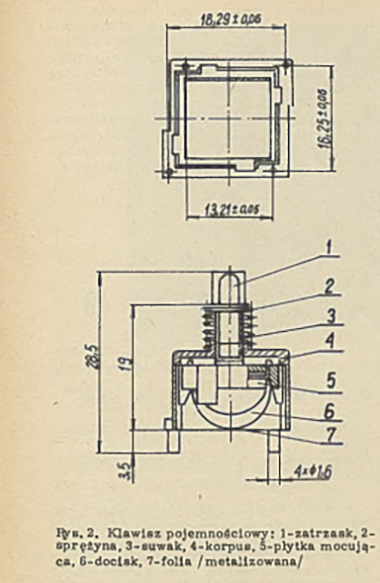
An overview of the device of the keypad buttons on magnetic contacts in the "Mera Plant Technical Information Bulletin". No. 4 (286). 1986 year
Gleb Nitzman inspects the terminal
The use of the Mera SM 7209 video terminal in the field of non-technical education at LITMO actually illustrates an interesting and new process of computer testing in the field of humanitarian knowledge. In the 1990s, a lot of controversy arose around him.
Our line scan module does not work at our terminal yet, as soon as we deal with this problem, we will start the machine and remove the continuation of experiments with the terminals. If you are in St. Petersburg and feel the strength and desire to help us with this, write, we will be very happy!